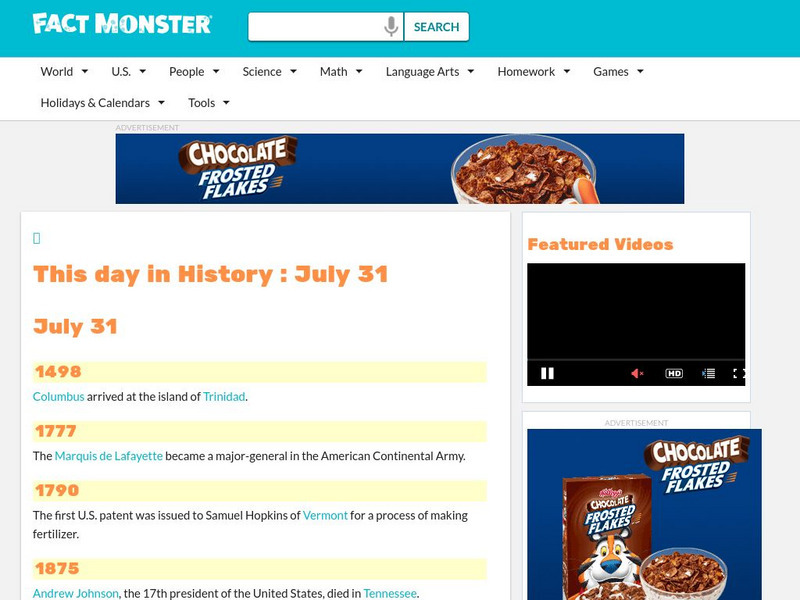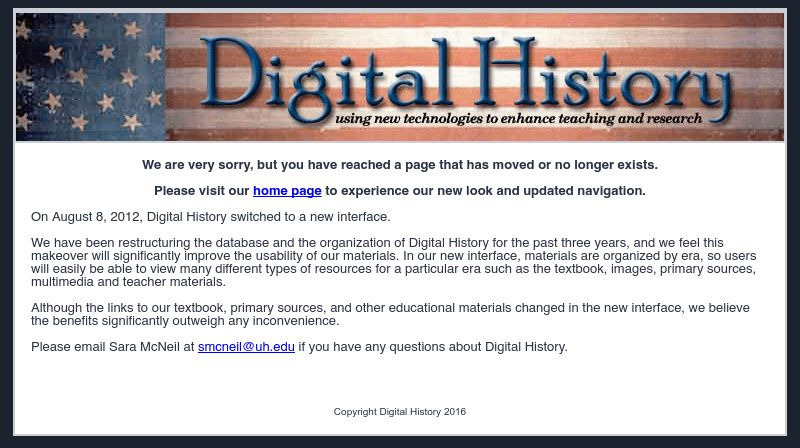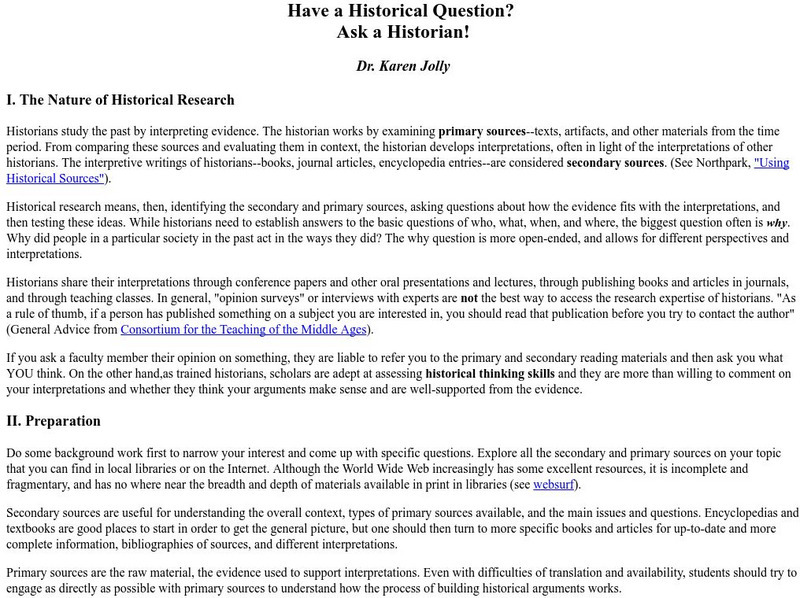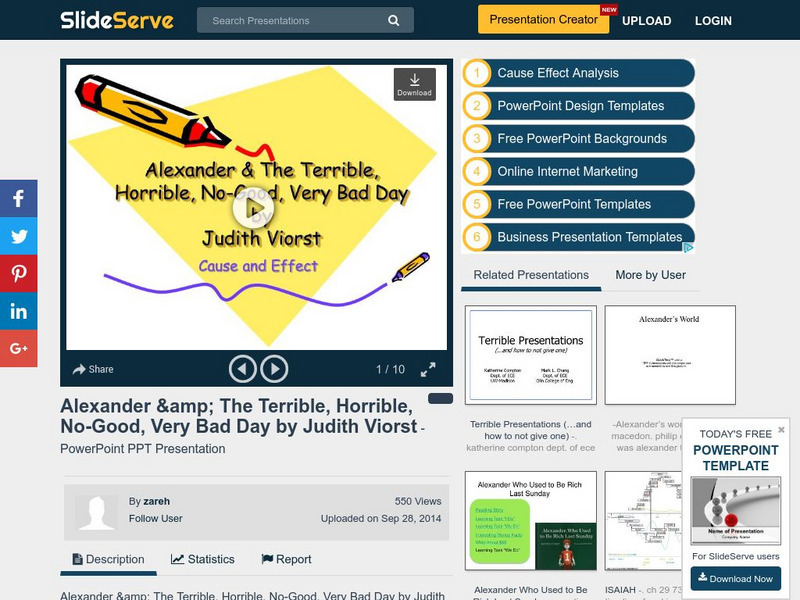Digital History
Digital History: September 11, 2001
This site has a comprehensive overview of the September 11, 2001 attacks on the U.S., including information on Osama bin Laden's background, the formation of Al Qaeda, the attacks themselves, the US response, civil liberties and national...
Council of Foreign Relations
Terrorism Questions and Answers: Economics
Part of an extensive website from the Council on Foreign Relations devoted to understanding all aspects of terrorism and its implications for the United States, this section focuses on the economic impact of the September 11, 2001...
Annenberg Foundation
Annenberg Learner: Collapse: Why Do Civilizations Fall?
Why did great civilizations fall? War, disease, overpopulation or natural disasters? Interactive content and activities allow you, by sifting through archaeological evidence, to investigate the collapse of the Mayan civilization, the...
Digital History
Digital History: The Civil Rights Movement Moves North
Summers of the late 1960s was a time of widespread violence and rioting in the nation's major inner cities. What was previously thought of as a problem of the South had spread nation-wide and was now demanding immediate attention.
Other
Insightful Interaction: 200 Years of Immigration to the u.s.
A colorful, interactive graph of immigration to the U.S. from 1820-2013. Graph lists up to 19 countries coded with color to create an interesting visual.
Fact Monster
Fact Monster: Today in History
This FactMonster site provides a one sentence explanation of an event that happened on this date in history. Explanations have some hyperlinks in them to provide additional information.
Digital History
Digital History: Foreign Competition
This site describes how by the 1970s, foreign manufacturers were embedded in the U.S. markets. For the U.S., this meant a loss of sales, a loss of jobs, and a loss of economic confidence.
University of Hawai'i
University of Hawaii: Have a Historical Question? Ask a Historian!
This site summarizes what a historian does, what tools they use, and how to prepare to ask a historical question.
ClassFlow
Class Flow: Cause and Effect With Us History
[Free Registration/Login Required] What is cause and effect? This flipchart explains cause and effect with simple examples leading to more in-depth examples in US history from the Industrial Revolution, immigration, and Westward expansion.
Other
Slide Serve: Alexander and the Terrible, Horrible, No Good, Very Bad Day
This is a slideshow that examines the cause-and-effect text structure of Alexander and the Terrible, Horrible, No Good, Very Bad Day by Judith Viorst. The lesson plan includes questions for students to answer in their Reading Response...











